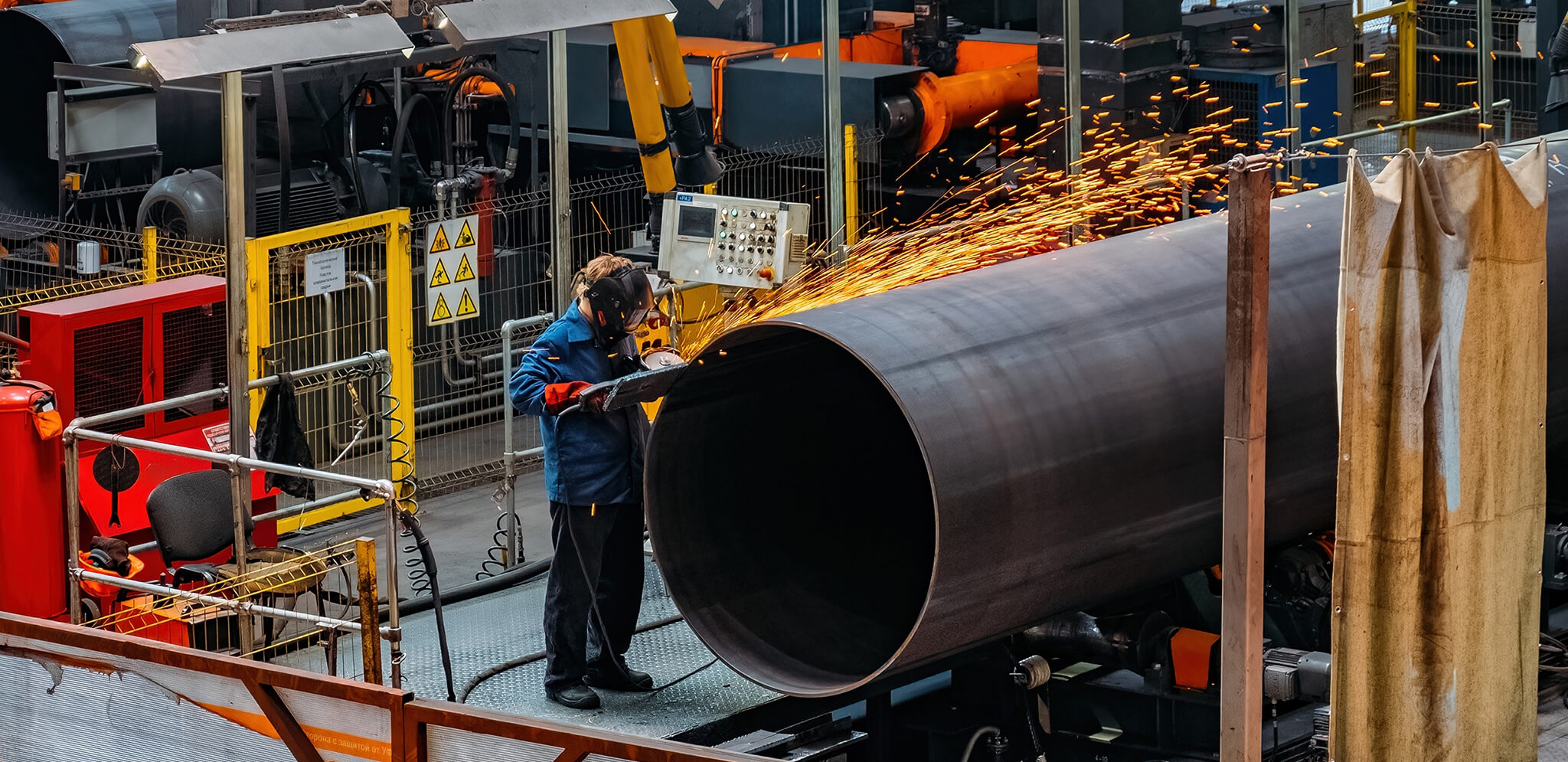Plumbing and pipeline systems are essential for the smooth functioning of various industries, including oil and gas, water supply, and sewage management. However, these systems are prone to damage due to corrosion, wear and tear, and accidental damage. Repairing such damages can be challenging, especially when the pipelines are located in hard-to-reach areas or when the damage is severe. This is where repair clamps and couplings come in as a lifeline for plumbing and pipelines.
What are Repair Clamps and Couplings?
Repair clamps and couplings repair damaged pipelines without requiring extensive excavation or replacement. They are designed to provide a quick, easy, and cost-effective solution to repair leaks, cracks, or pipe breaks. These devices are made of high-quality materials such as stainless steel, ductile iron, or PVC, which ensure durability and longevity.
How Do Repair Clamps and Couplings Work?
Repair clamps and couplings work by sealing the damaged area of the pipe. The device is wrapped around the pipe at the location of the damage and tightened using bolts or other fasteners. The sealing mechanism of the device prevents further leakage or damage. This process is quick and easy to perform, requiring only simple tools and minimal training.
What Types of Clamps and Couplings Are Available?
Several types of repair clamps and couplings are used in plumbing and pipelines. Some common ones include:
Full-Circle Repair Clamps: These clamps encircle the entire pipe, providing a strong and secure seal for repairing leaks or breaks.
Split Repair Clamps: These clamps consist of two halves that can be bolted around the pipe’s damaged section. They are useful for repairing small cracks or leaks.
Tapping Sleeves: These couplings create a branch connection on a pipeline without interrupting the flow. They allow for the installation of valves, meters, or other equipment.
Compression Couplings combine two pipes by compressing a rubber gasket or O-ring. They provide a flexible and leak-resistant connection.
Quick Repair Couplings: These couplings are designed for quick and easy repairs. They typically feature a push-fit or snap-on mechanism, allowing for fast installation without needing tools.
What types of adhesive are best?
It’s important to note that the specific type of repair clamp or coupling used will depend on the size and material of the pipe, as well as the nature of the damage or repair required.
When repairing clamps and couplings, the choice of adhesive depends on the materials being repaired. Here are a few commonly used adhesives for different scenarios:
Epoxy Resin: Epoxy resin is a versatile adhesive that provides a strong bond for various materials, including metal, plastic, and rubber. It is often used for repairing clamps and couplings due to its excellent bonding strength and resistance to water and chemicals.
PVC Cement: PVC cement is designed to join PVC pipes and fittings. It creates a solvent weld, effectively fusing the PVC components. This adhesive is commonly used in plumbing applications.
Pipe Thread Sealant: For threaded connections, pipe thread sealant or thread seal tape (Teflon tape) can create a tight seal. These sealants prevent leakage in threaded fittings and are compatible with various materials.
Silicone Sealant: Silicone sealant is a flexible adhesive commonly used for sealing joints and gaps in plumbing and pipelines. It provides excellent resistance to water, temperature variations, and chemicals.
Advantages of Repair Clamps and Couplings
Repair clamps and couplings offer several advantages over traditional repair methods such as excavation or replacement. Some of these advantages include:
- Quick and easy installation
- Cost-effective solution
- Minimal disruption to the surrounding area
- High-quality materials ensure durability and longevity
- Suitable for a wide range of pipe sizes and materials
- Applications of Repair Clamps and Couplings
Repair clamps and couplings are widely used in various industries for repairing damaged pipelines. Some of the common applications include:
- Water supply systems
- Sewage management systems
- Oil and gas pipelines
- Chemical processing plants
- Power generation facilities
Repair clamps and couplings have become a lifeline for plumbing and pipelines. They offer a quick, easy, cost-effective solution to repair damaged pipes without requiring extensive excavation or replacement. With their high-quality materials and versatile applications, repair clamps and couplings have become essential tools for various industries to maintain the integrity of their pipeline systems.

